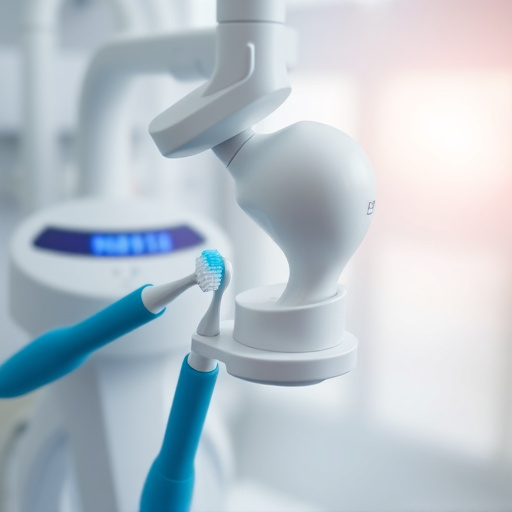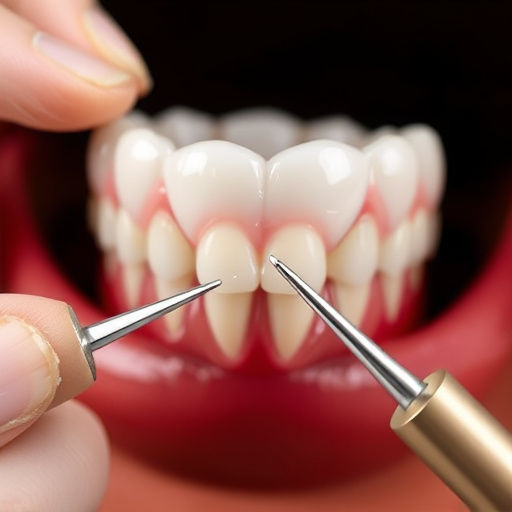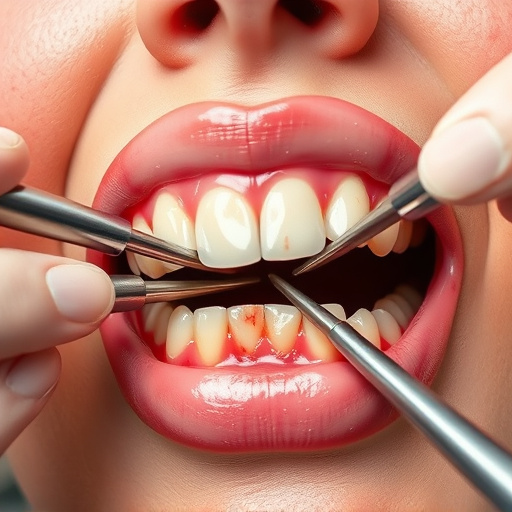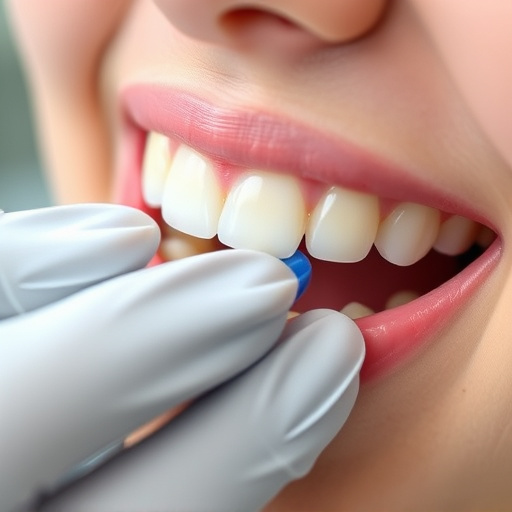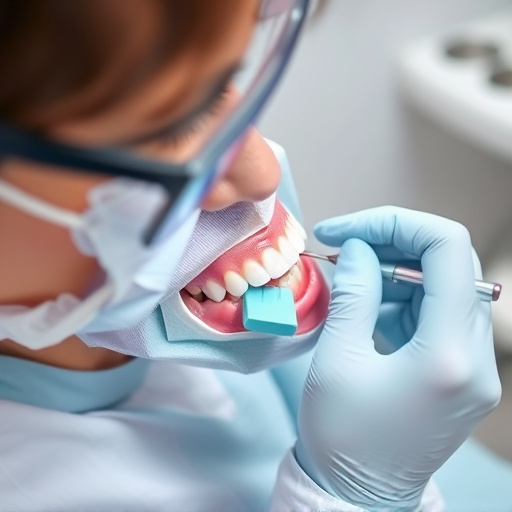Oral health assessment is a detailed dental examination crucial for tailored treatment plans. It involves checking teeth alignment, gum health, and oral structure through visual inspections, pocket probing, X-rays, and patient history. This process reveals issues like tooth decay or impacted wisdom teeth, guiding procedures from bonding to removal. Comprehensive assessments enable family dentists to offer personalized care, from preventive measures to complex interventions like dental implants.
Oral health assessment is a cornerstone of comprehensive dental care, significantly impacting treatment planning accuracy. By delving into this essential process, we uncover how it transforms patient outcomes. This article explores the critical components of an oral health evaluation, highlighting its role in enhancing data-driven treatment strategies. Understanding the importance of assessing oral health can lead to improved care delivery, ensuring patients receive tailored, effective treatments.
- Understanding Oral Health Assessment Importance
- Key Components of Comprehensive Evaluation
- Enhancing Treatment Planning with Accurate Data
Understanding Oral Health Assessment Importance
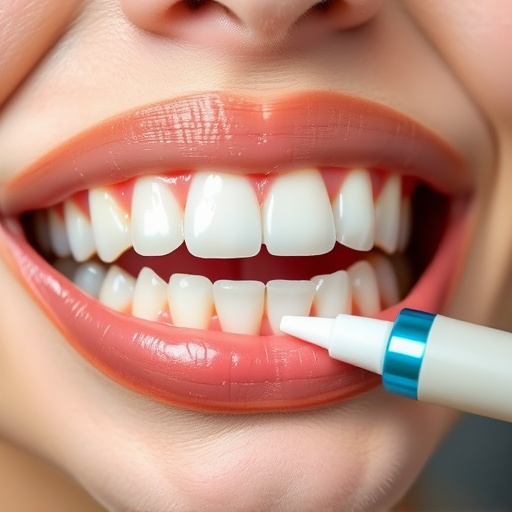
Oral health assessment is a crucial step in any dental treatment process as it provides comprehensive insights into an individual’s mouth condition. This process involves thorough examination, including checking teeth alignment, gum health, and overall oral structure. By understanding the current state of a patient’s mouth, dentists can make more accurate treatment plans, ensuring that every aspect of oral health is considered.
An effective oral health assessment helps in identifying issues beyond what meets the eye. It can reveal hidden problems like tooth decay, gum disease, or even impacted wisdom teeth, which might require procedures such as dental bonding, cosmetic fillings, or wisdom tooth removal. This proactive approach to dentistry enhances treatment outcomes and ensures that patients receive personalized care tailored to their unique oral needs.
Key Components of Comprehensive Evaluation
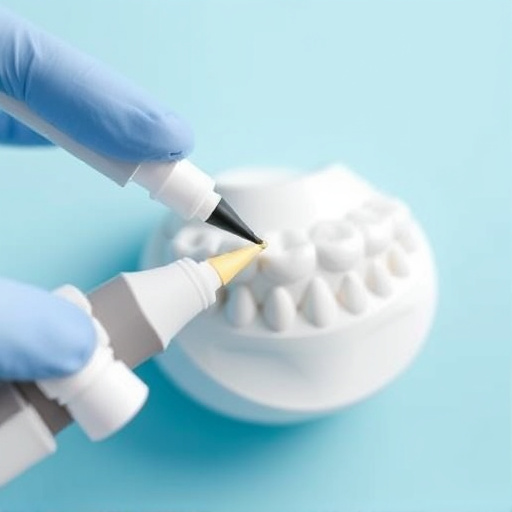
An oral health assessment goes beyond a simple smile check. It’s a multifaceted process that involves several key components to gain a holistic understanding of a patient’s dental well-being. A comprehensive evaluation includes detailed examination of teeth, gums, and mouth structures during the initial consultation. This may include visual inspection, probing for pocket depths, assessing tooth mobility, and taking X-rays to reveal hidden issues like cavities or bone loss. Additionally, the dentist will gather information about the patient’s medical history, lifestyle factors influencing oral health (like smoking or diet), and any concerns expressed by the patient. By incorporating these elements, a more precise treatment plan can be developed, tailored to address specific needs—whether it’s as simple as routine oral exams for preventive care or more complex procedures like dental bonding to restore damaged teeth or children’s dentistry interventions.
Enhancing Treatment Planning with Accurate Data
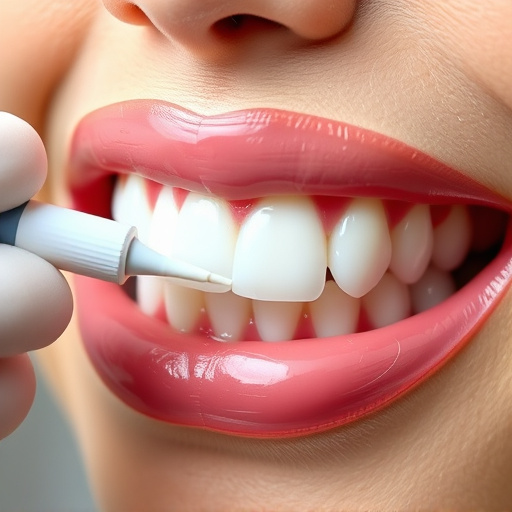
Oral health assessment plays a pivotal role in enhancing treatment planning within the realm of family dentistry. By gathering accurate data through comprehensive evaluations, dental professionals can make informed decisions tailored to each patient’s unique needs. This approach ensures that every aspect of oral care is addressed, from identifying minor issues during routine oral exams to diagnosing complex conditions such as dental implants required for advanced restoration.
Accurate assessments provide a solid foundation for creating precise treatment plans. They enable dentists to foresee potential challenges and develop strategies that are both effective and efficient. This meticulous process not only improves patient outcomes but also fosters trust between the healthcare provider and the individual seeking oral health services.
Oral health assessment is a fundamental step in ensuring accurate treatment planning. By comprehensively evaluating patients’ oral conditions, healthcare providers can gather vital data that guides personalized care. This article has highlighted the importance of such assessments, their key components, and the subsequent benefits for enhancing treatment outcomes. Incorporating these practices into routine dental care improves patient satisfaction and ensures better long-term oral health management.




